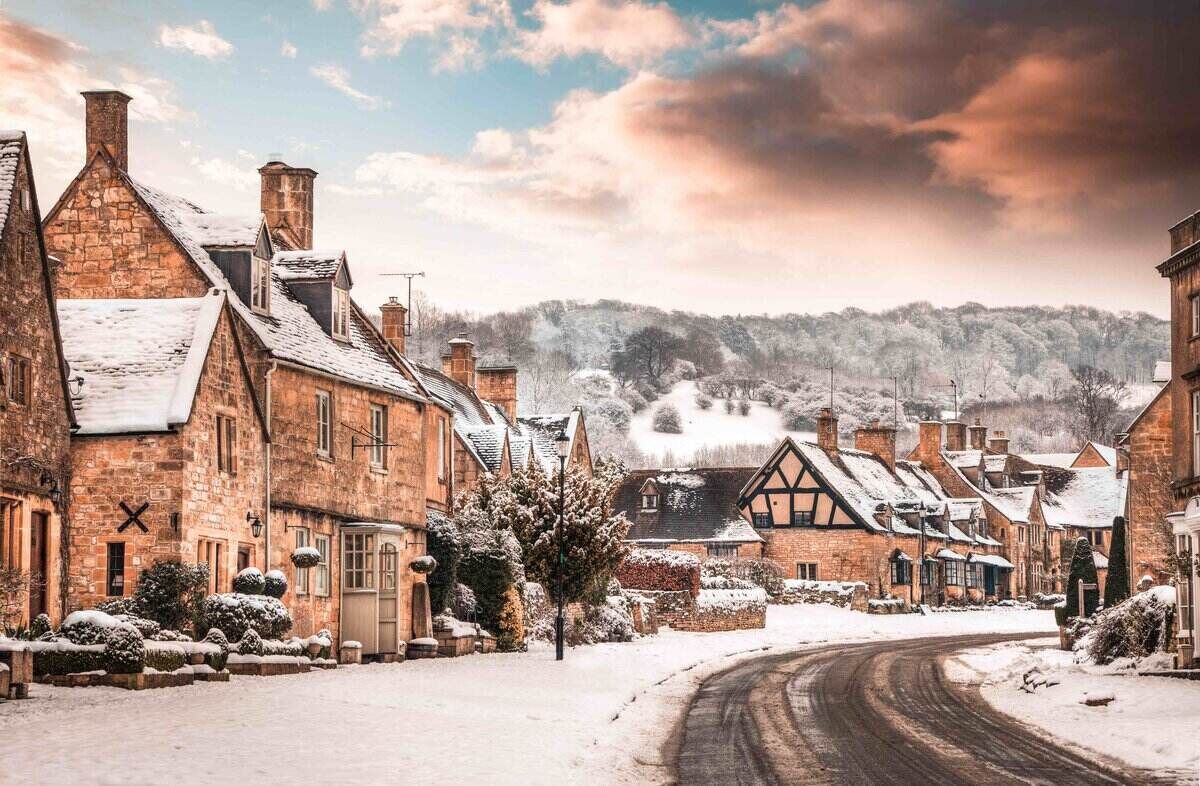
I’ve lost count of the number of times I’ve visited the Cotswolds, seeking out the very best Cotswolds villages. If you follow me on Instagram then you’ll know about my obsession with the Cotswolds!
My favourite Cotswolds villages comprise a range of utterly charming, postcard-perfect settlements.
From honey-toned buildings crafted from local stone and flowing streams providing a soothing soundtrack, to old pubs that are packed with character and a warm welcome.
Many of the best places to visit in the Cotswolds are found across all the Cotswolds counties, including Warwickshire, Gloucestershire, Wiltshire, Oxfordshire, and Worcestershire.
I’ve visited these areas so many times, that I definitely feel like a local at this point! The villages of the Cotswolds are definitely one for your UK bucket list and I’d recommend visiting more than once to really unearth all the hidden corners.
From the incongruously named Upper Slaughter and Lower Slaughter to central Stow-on-the-Wold and delightful Bourton-on-the-Water, here is my handpicked selection of the most beautiful Cotswolds villages to include on your itinerary.
I’ve also included a map of Cotswolds villages at the end of my guide, to help you plan your route and itinerary.
15 best Cotswolds villages
1. Castle Combe
Best for: A village stood still in time
Where to stay:
Top tour to book: Lacock and Castle Combe – Afternoon Private Tour
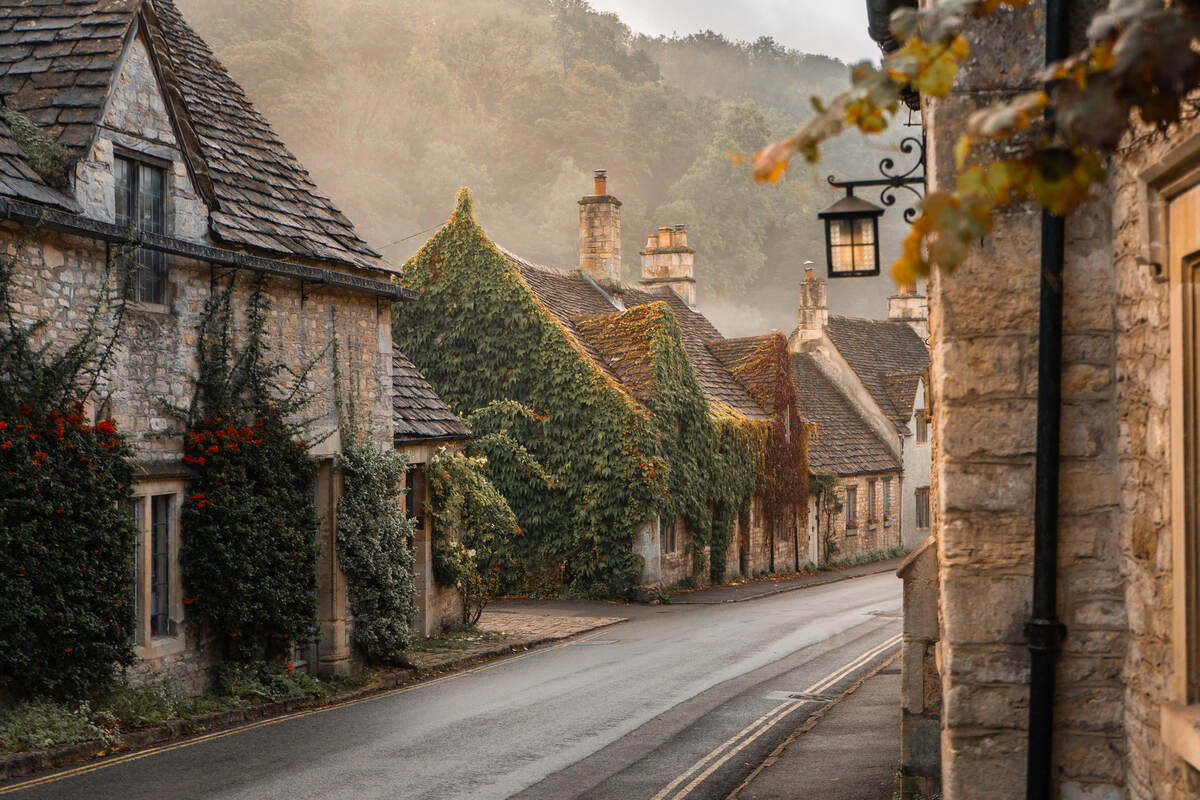
This has to be my personal favourite village in the Cotswolds. Located close to Chippenham, Castle Combe owes its name to a long-gone fortress that formerly dominated the landscape.
Now, Castle Combe still boasts a 13th century church, known for its faceless clock, as well as an ancient market cross.
One of the highlights of a visit to Castle Combe is the warm welcome extended by locals. They are quite rightfully immensely proud of their position as one of the most pretty Cotswolds villages of all.
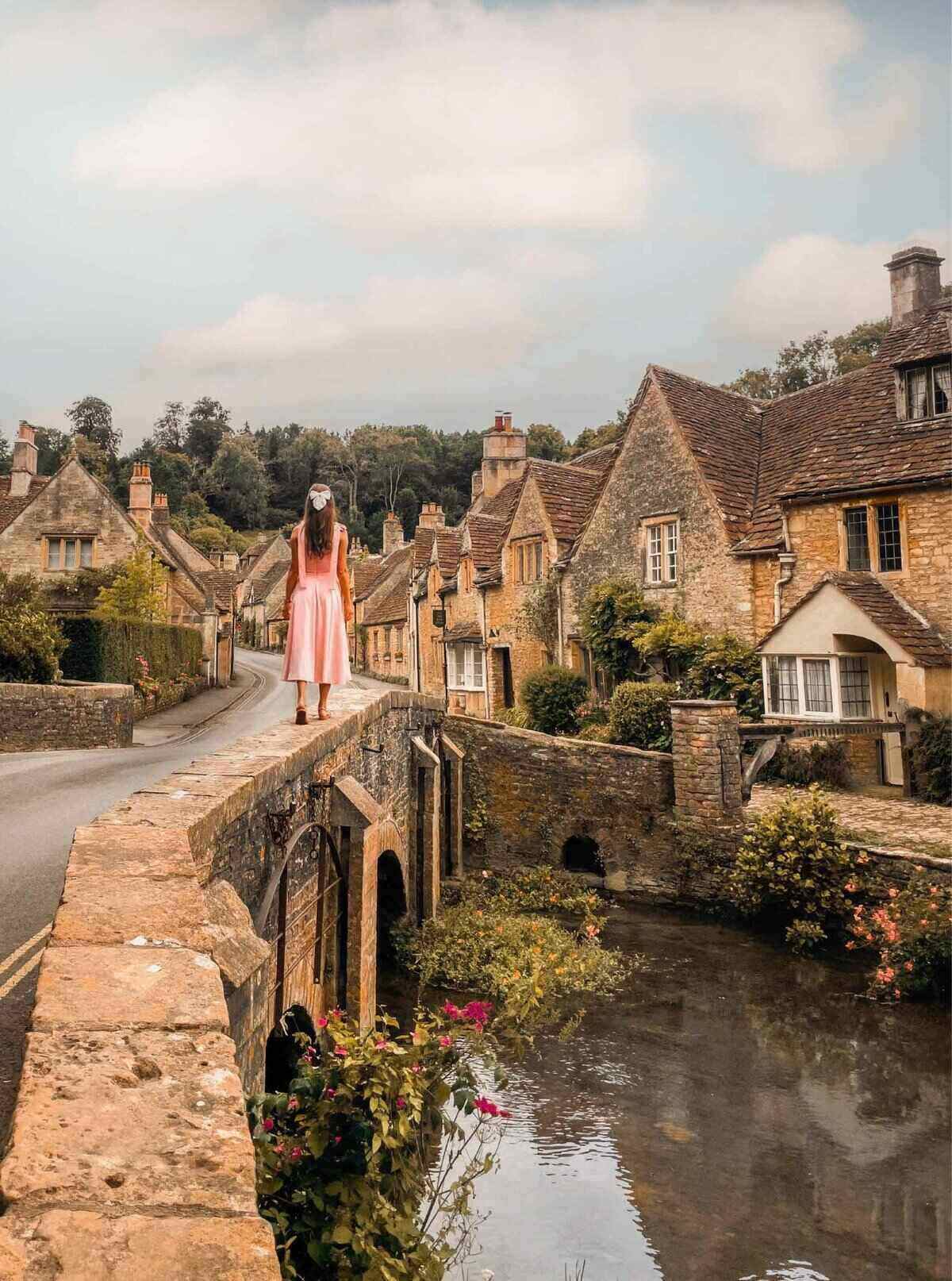
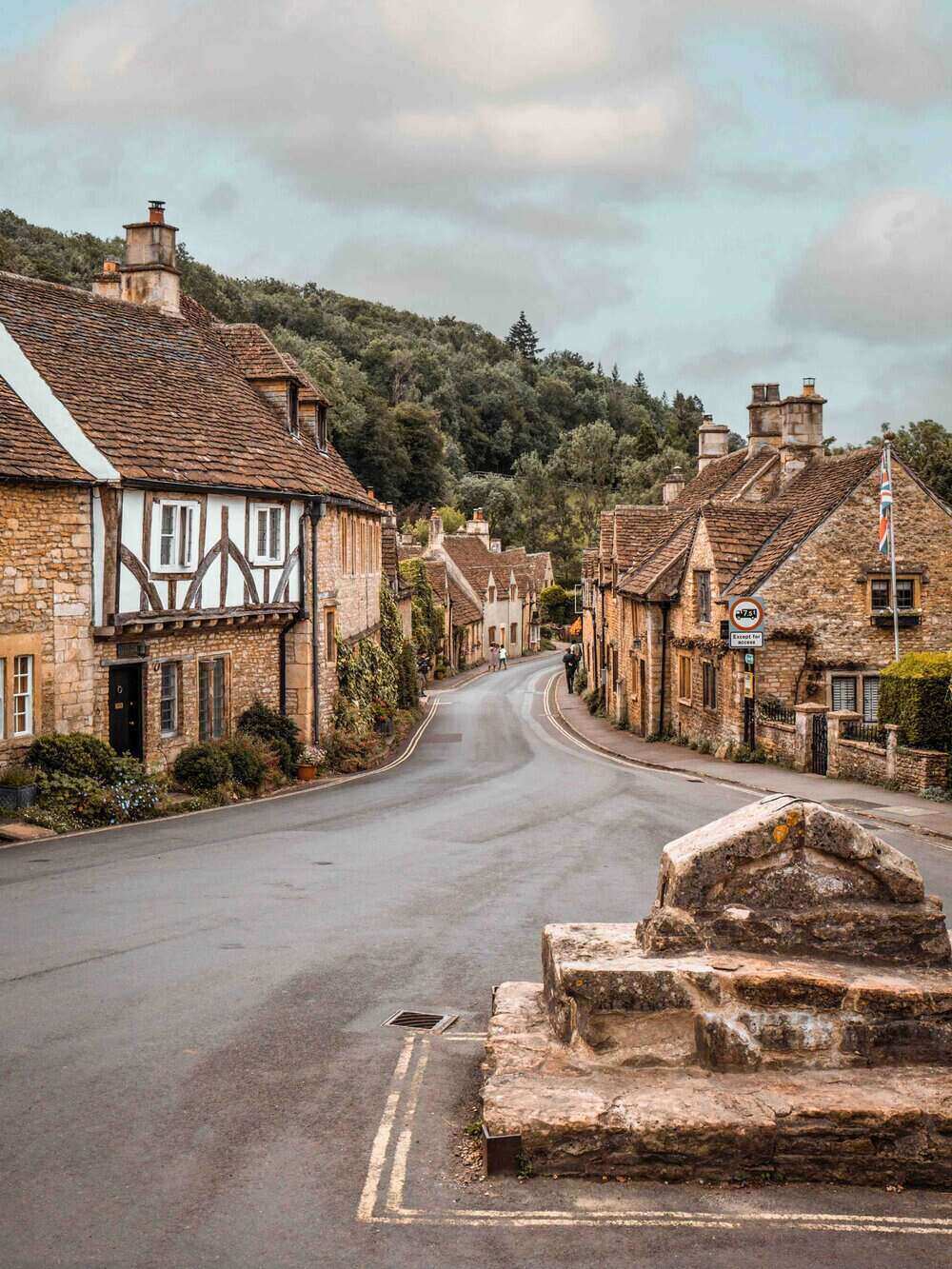
During dry weather, items such as cakes, sweets and flowers are often offered for sale by villagers from outside their picturesque, honey coloured homes.
Castle Combe has been used as a film location for Dr Doolittle, Stardust and War Horse, among others.
The motor racing circuit on the edge of the village and two pubs provide more reasons to visit. Or you can simply wander to the bridge and soak up the scenic views.
I’d really recommend staying in the impossibly magical Manor House – have a watch of my reel for more insight into my stay.
If you’re visiting this lovely village, you may also like:
- 10 charming things to do in Castle Combe
- 5 beautiful hotels in Castle Combe
- 6 best pubs and restaurants in Castle Combe
2. Bourton-on-the-Water
Best for: The Venice of the Cotswolds
Where to stay:
Top tour to book: Shakespeare’s Stratford & Cotswolds
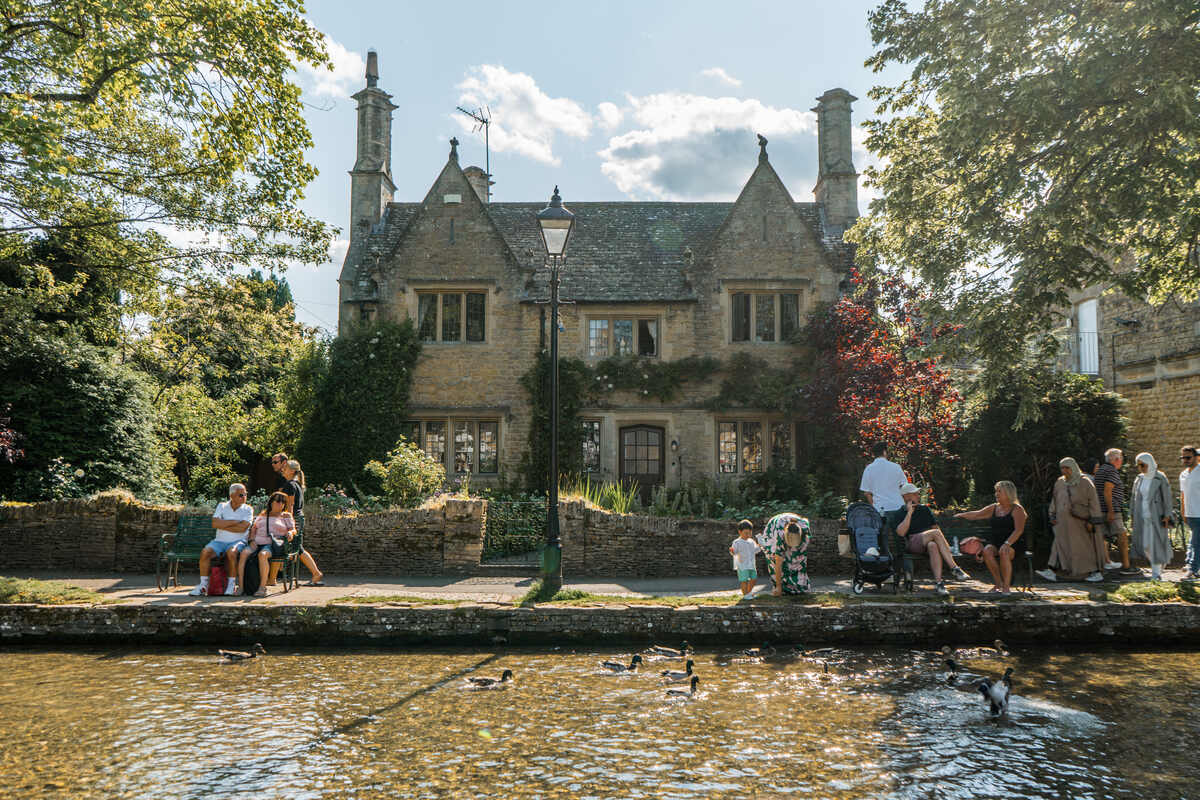
Few planning a Cotswolds itinerary would miss Bourton-on-the-Water off their list. It’s widely regarded as one of the best places in the Cotswolds to visit – and I can see why.
This pretty spot spans the River Windrush, and is famed for its series of low bridges. Bourton has an interesting selection of independent shops, and also has several places of interest to its name.
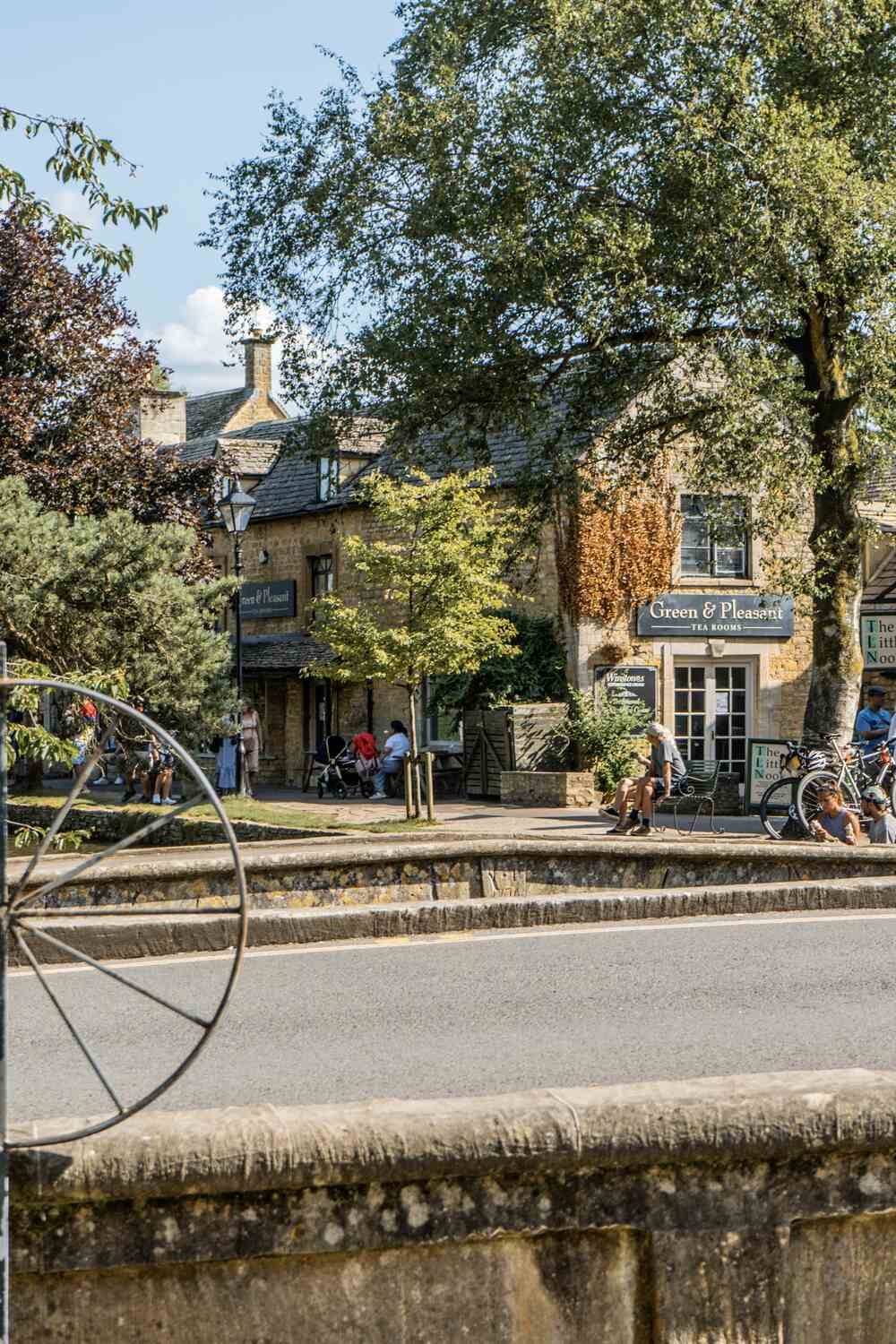
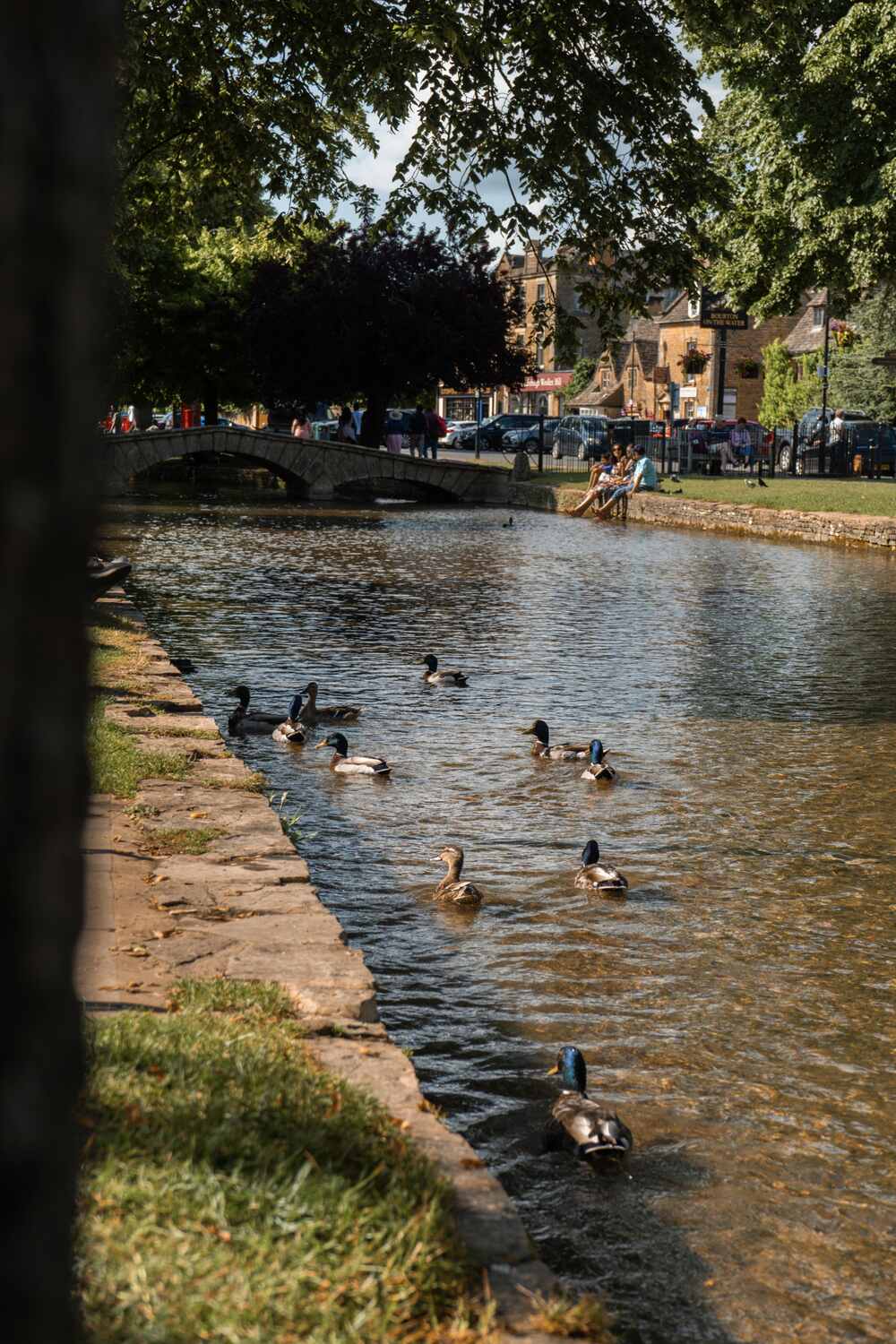
I’d recommend a visit to the Model Village, which is a scaled replica and dates from the 1930s. While at Birdland, kids and adults alike can fawn over the likes of owls, parrots and King penguins.
Bourton is also home to the Cotswolds Motoring Museum, with its displays of vintage and toy vehicles.
Once a year, during summer, the village hosts a football match played in the shallow waters of the river. It’s a local tradition that has been followed for well over a century.
Have a read of my guide to visiting Bourton-on-the-Water.
3. Burford
Best for: History
Where to stay:
Top tour to book: Cotswolds: Walks and Villages Guided Tour
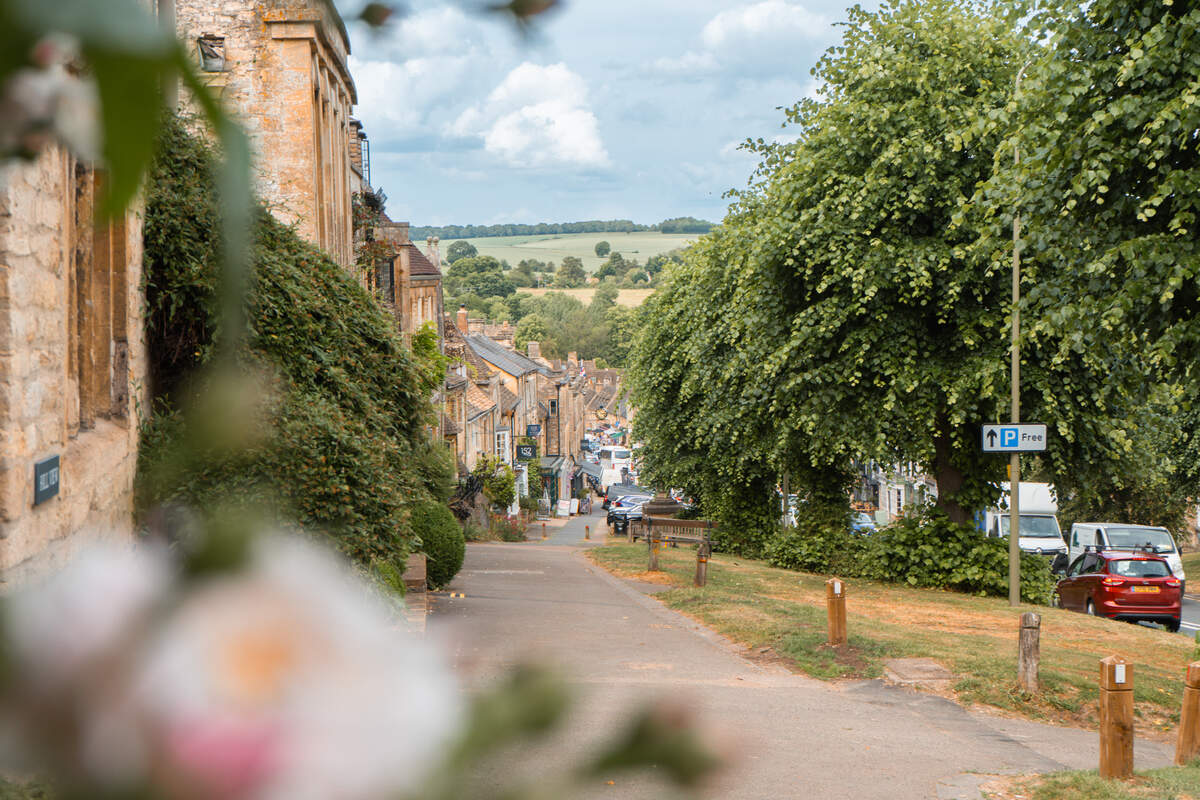
Positioned around 20 miles from both Oxford and Cheltenham, Burford is sometimes described as the gateway to the southern part of the Cotswolds.
It is also located on the River Windrush, but this time the waters are found at the bottom of the sloping high street.
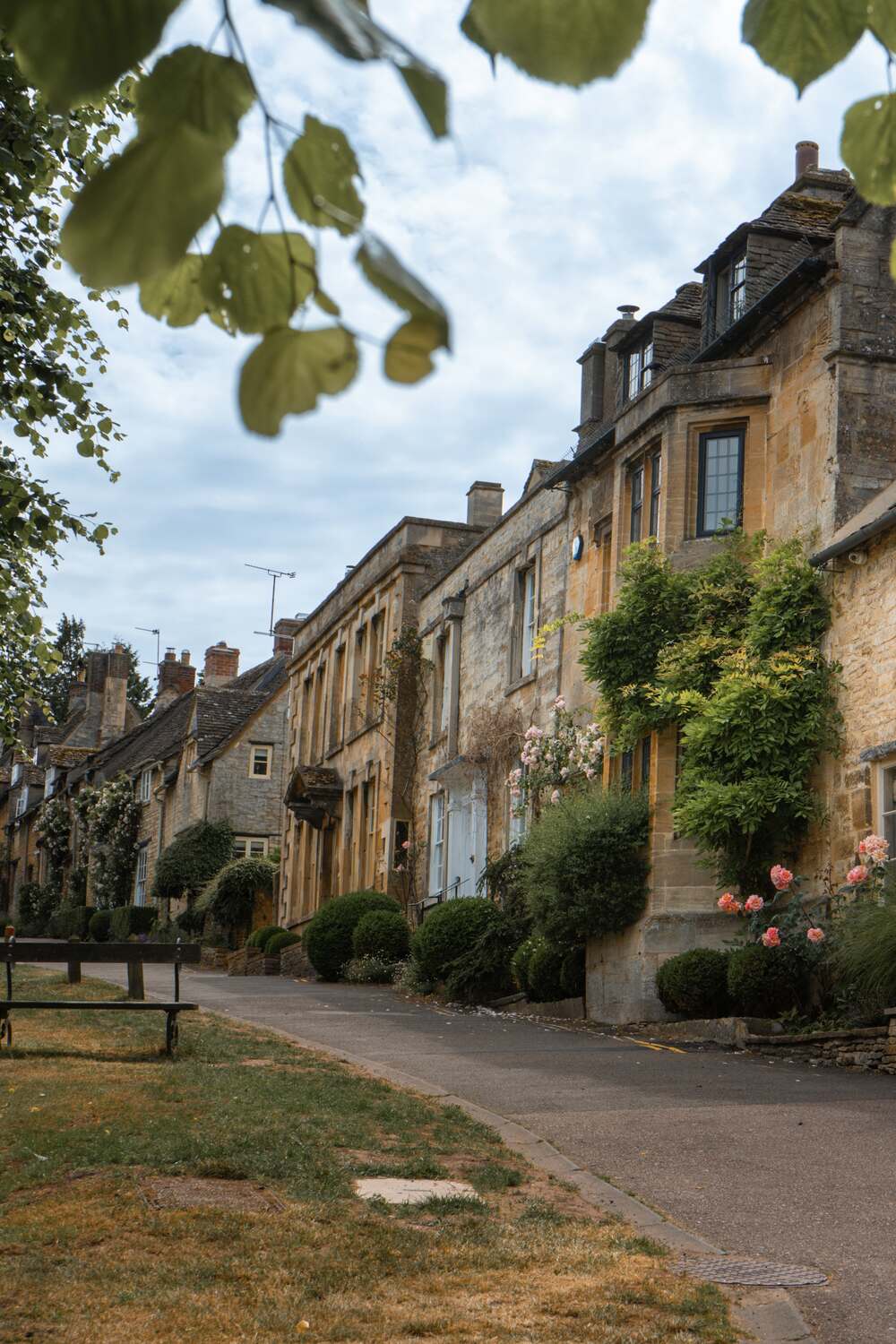

I adore all the quaint little shops and cafés dotted around the village, plus Burford is where you can find England’s oldest pharmacy. Established in 1734, Reavley’s is still thriving.
This is one of the best villages to visit in the Cotswolds for historians, as St John’s church has a memorial to one of Henry VIII’s barber surgeons.
There is also the Tolsey Museum, housed in a 16th century building. Annually, Burford hosts Levellers Day, commemorating the three radicals who were executed in the churchyard here.
Personally, I’d recommend settling into one of the cosy cafés and watching the world go by. Read more tips in my Burford travel guide.
4. Lower Slaughter
Best for: The most romantic street in England
Where to stay:
Top tour to book: Undiscovered Cotswolds Private Tour
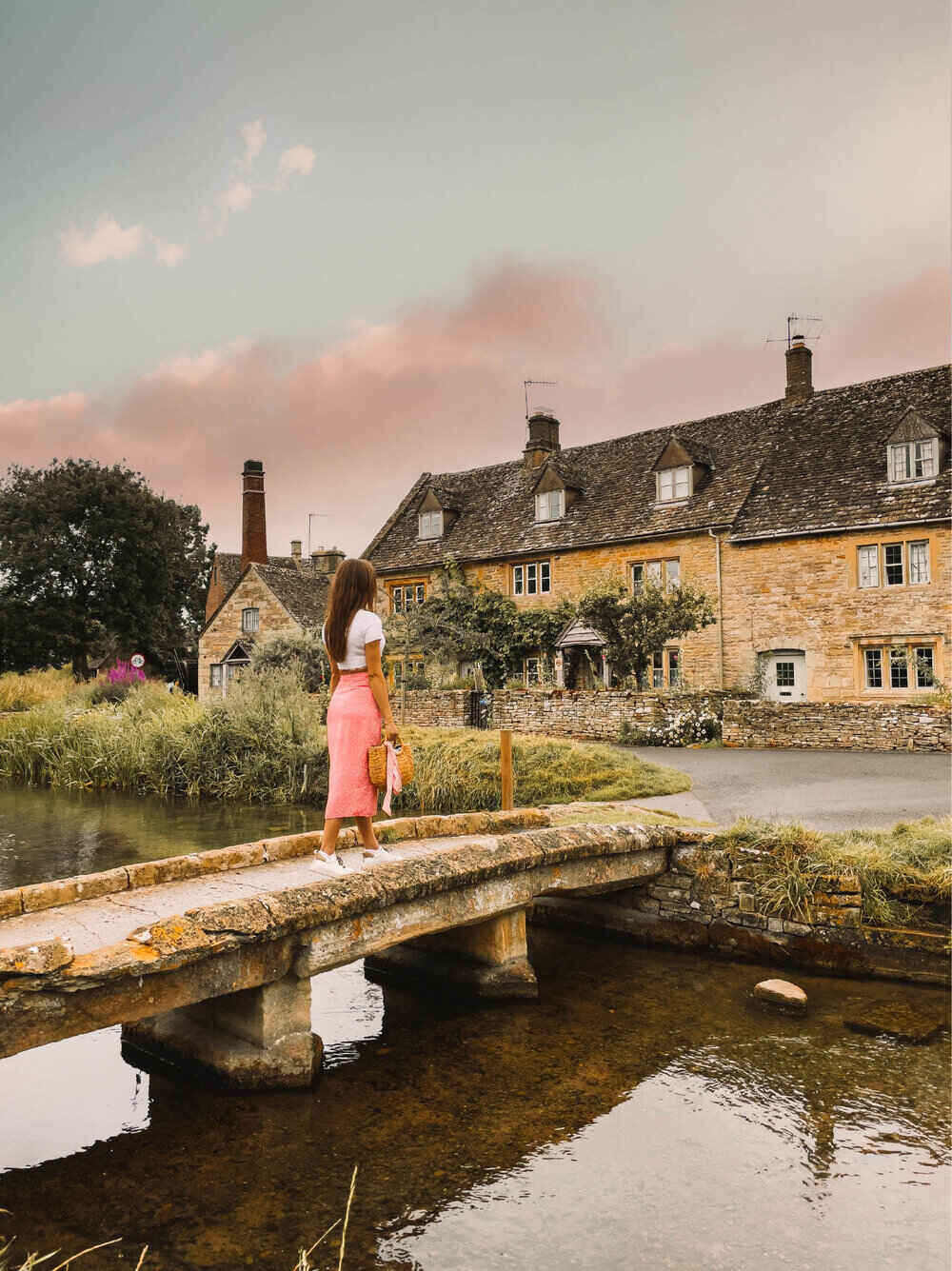
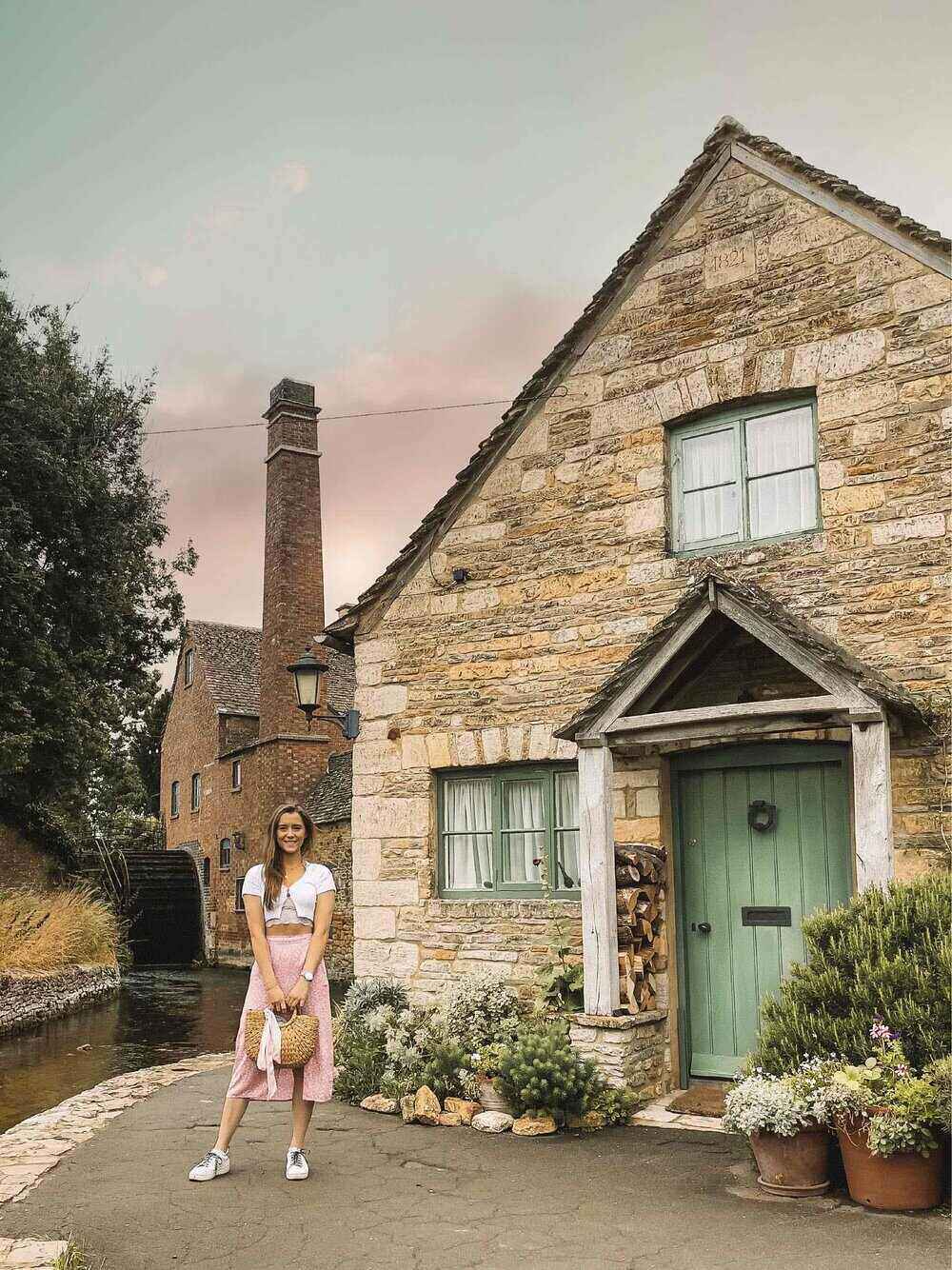
Although its name can sound rather brutal, the term ‘slaughter’ has its roots in the Old English term for the wet, muddy lands by the River Eye on which this Gloucestershire village stands. There are two footbridges spanning the waters.
The River Eye is actually a tributary of the River Windrush, that runs through Burford and Bourton-on-the-Water.
It’s possible to walk from Bourton to both Lower and Upper Slaughter, which can make your visit easier as there isn’t a huge amount of parking in either village.
I managed to find a little spot in a layby on the side of the road, but I definitely got lucky there!
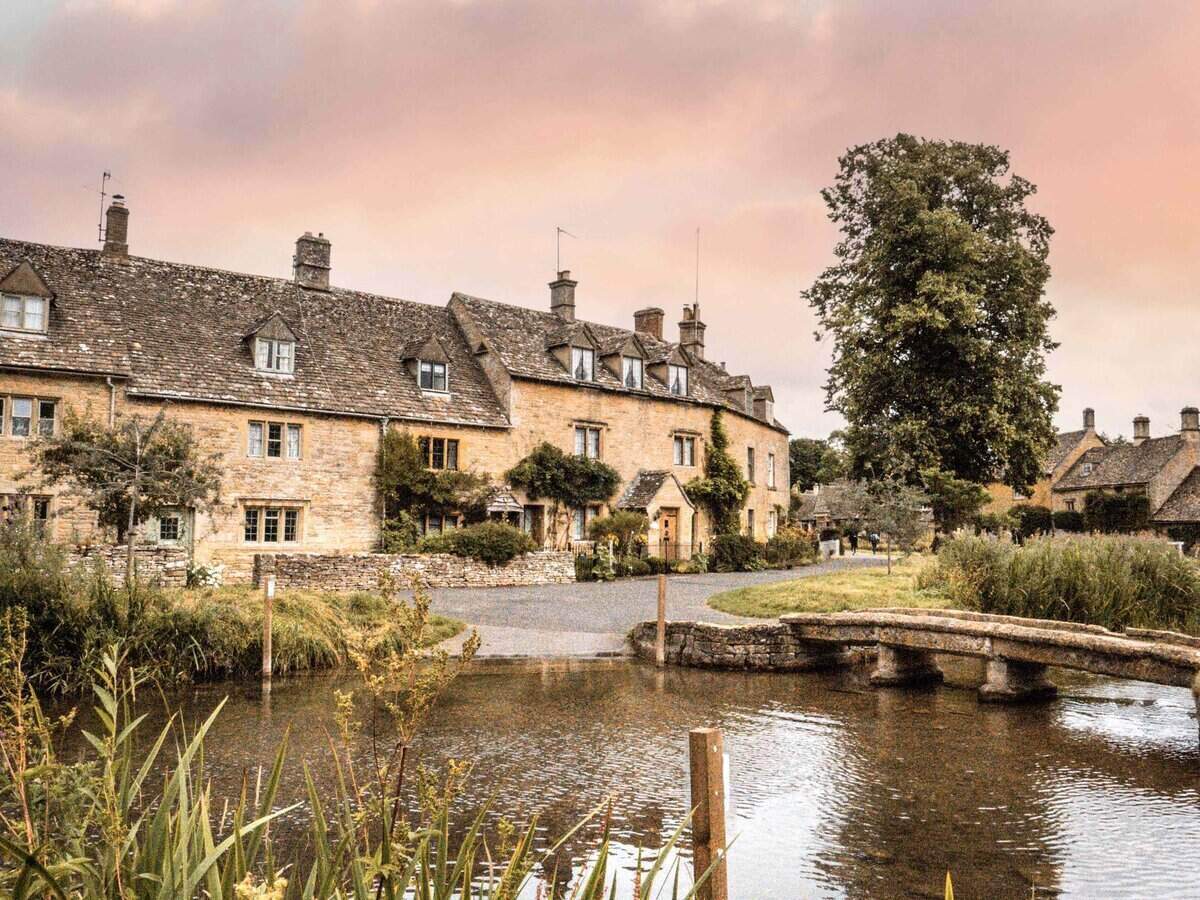
The mill in Lower Slaughter is listed in the 1086 Domesday Book. The Old Mill is now open to the public as a museum.
While there isn’t a lot else to do in Lower Slaughter, the attractions of this Cotswold village include the Slaughters Country Inn, a typical English hostelry serving food and drinks.
Those who want to stay over can choose between the pub and Slaughters Manor House in Upper Slaughter – a luxury Cotswolds hotel where the current building dates back to the 17 century.
I love this impossibly romantic village – have a read of my Lower Slaughter travel guide.
5. Upper Slaughter
Best for: Cottage core vibes
Where to stay: Lords of the Manor
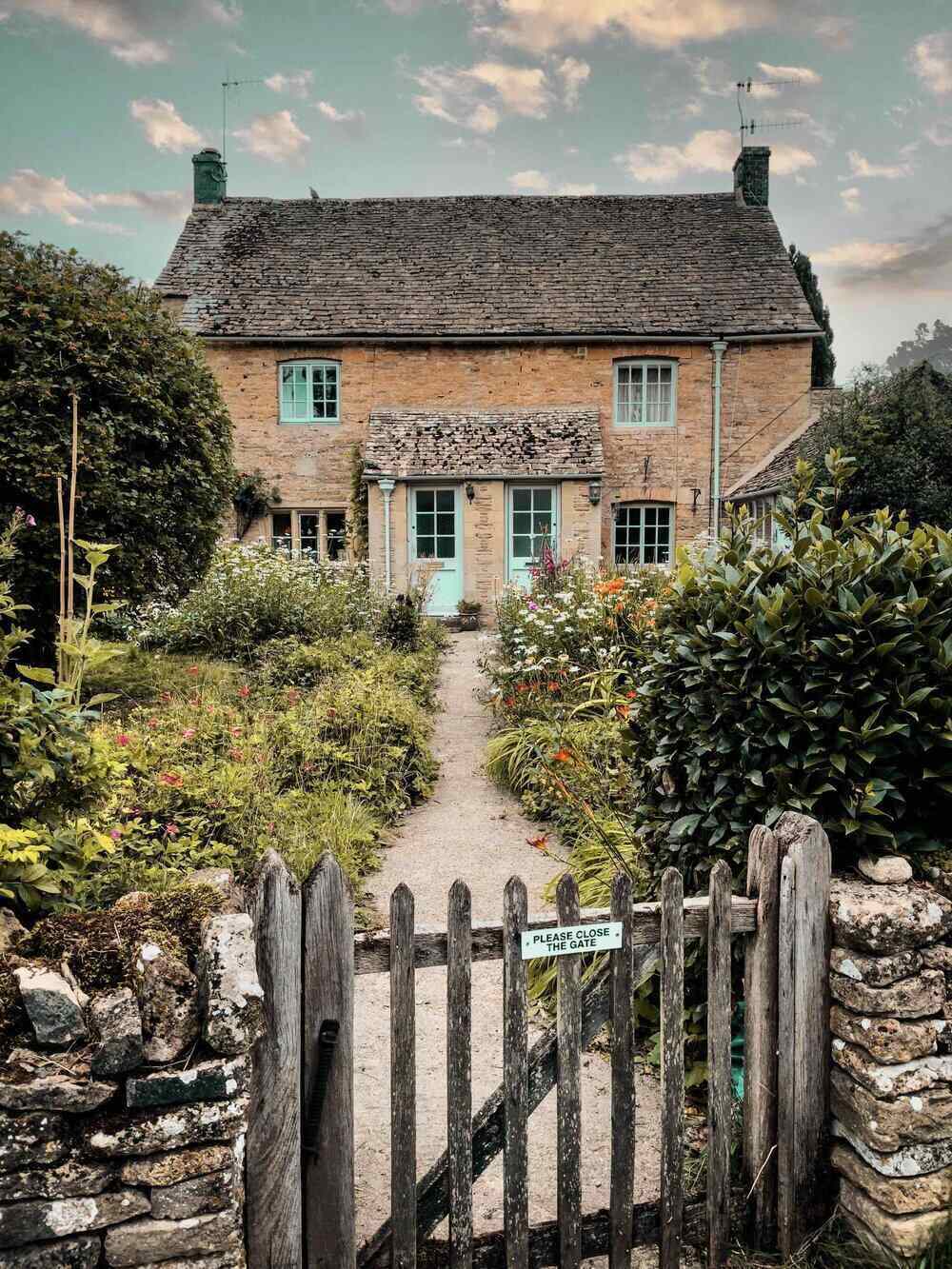

Upper Slaughter is just a mile from Lower Slaughter, and is just as appealing. It is one of the country’s only ‘Double Thankful Villages’, meaning that it lost no souls during World War I or World War II.
A Norman castle once dominated the landscape, and the Slaughters Manor House is now a hotel.
Eyford House is also one of the village’s draws, as it once won the title of ‘England’s Favourite House’ as awarded by Country Life magazine.
The 1.5 acres site features a pretty garden abundant in ornamental trees and shrubs. While the Queen Anne style house is said to have inspired Milton’s Paradise Lost.
If you want to stay the night, I’d really recommend booking a room at the Lords of the Manor Hotel.
6. Cirencester
Best for: Shopping
Where to stay:
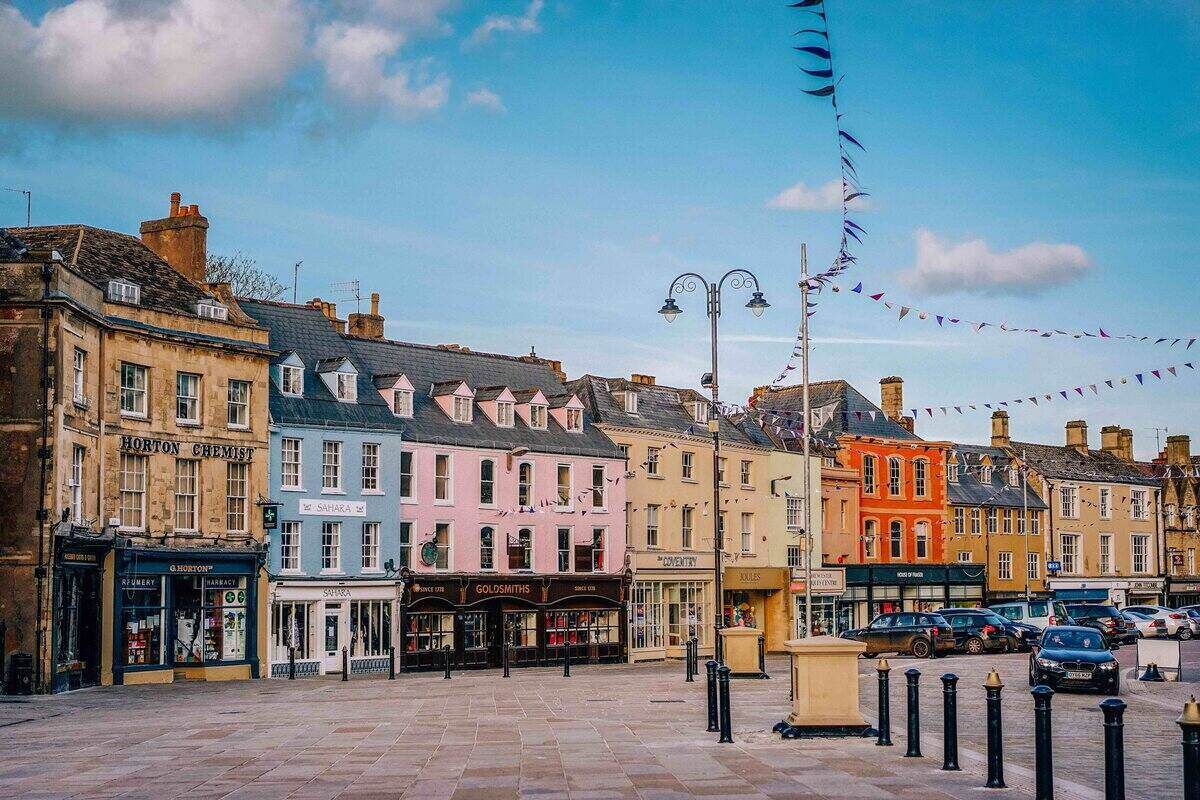
Although it may seem relatively small in contemporary terms, Cirencester was, during the Roman era, Britain’s second biggest town.
Just 80 miles from London, it’s popular with visitors from all over the globe, who flock to see this historic market town on the banks of the River Churn.
Cirencester was famed for wool production during medieval times. Even today, the sizable church of St John the Baptist looms over the bustling market square.
Regular markets take place on Mondays and Fridays, and antiques, crafts and farmer’s markets are also held here.
The Royal Agricultural University was formed in Cirencester in 1845. It was the world’s first academic institution dedicated to the subject.
I’d recommend staying in Cirencester if you’re looking for a good base to explore the Cotswolds from.
Discover my guide to visiting Cirencester.
7. Bibury
Best for: Picture-perfect cottages
Where to stay:
Top tour to book: Shakespeare’s Stratford & Cotswolds
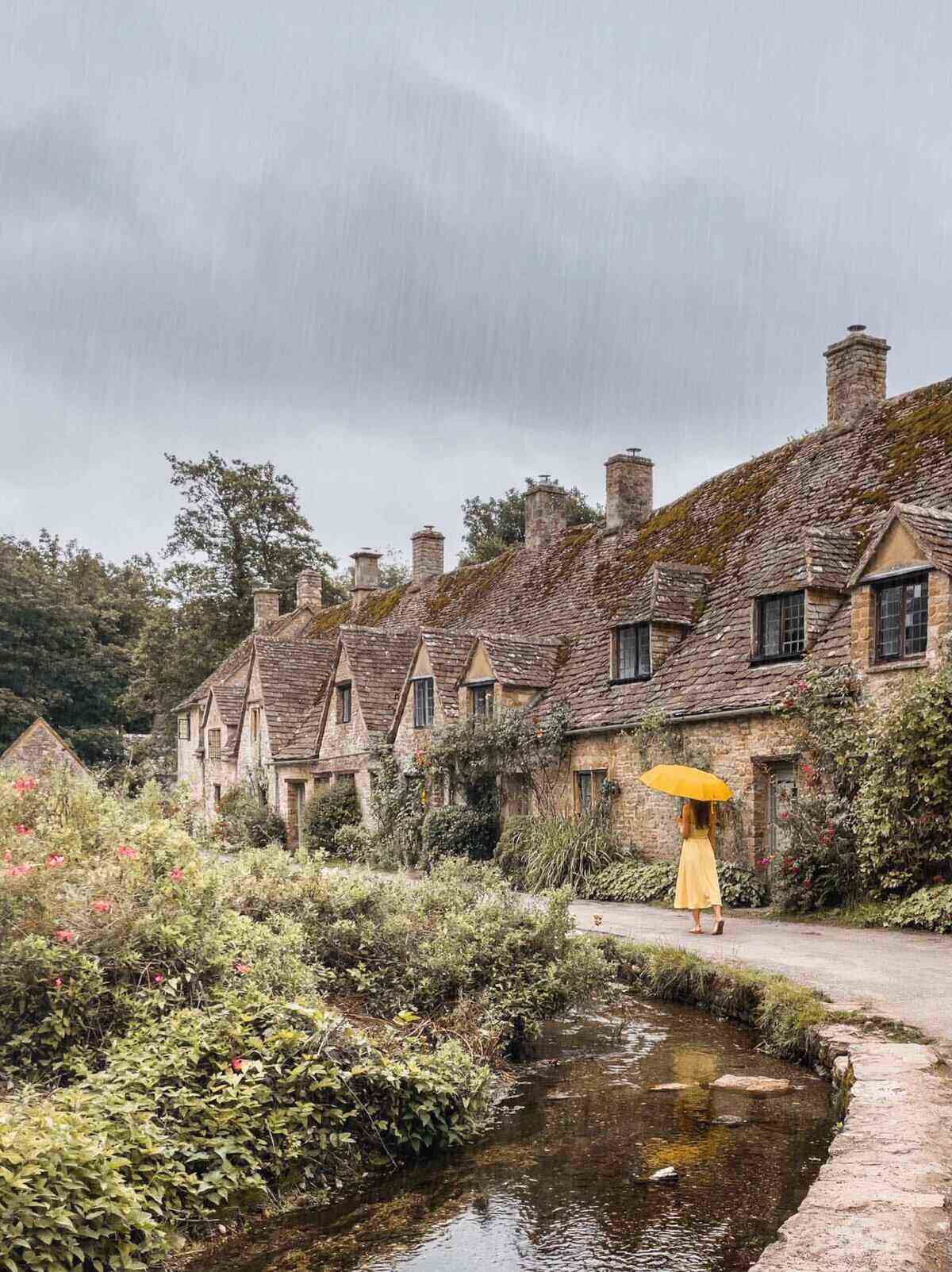
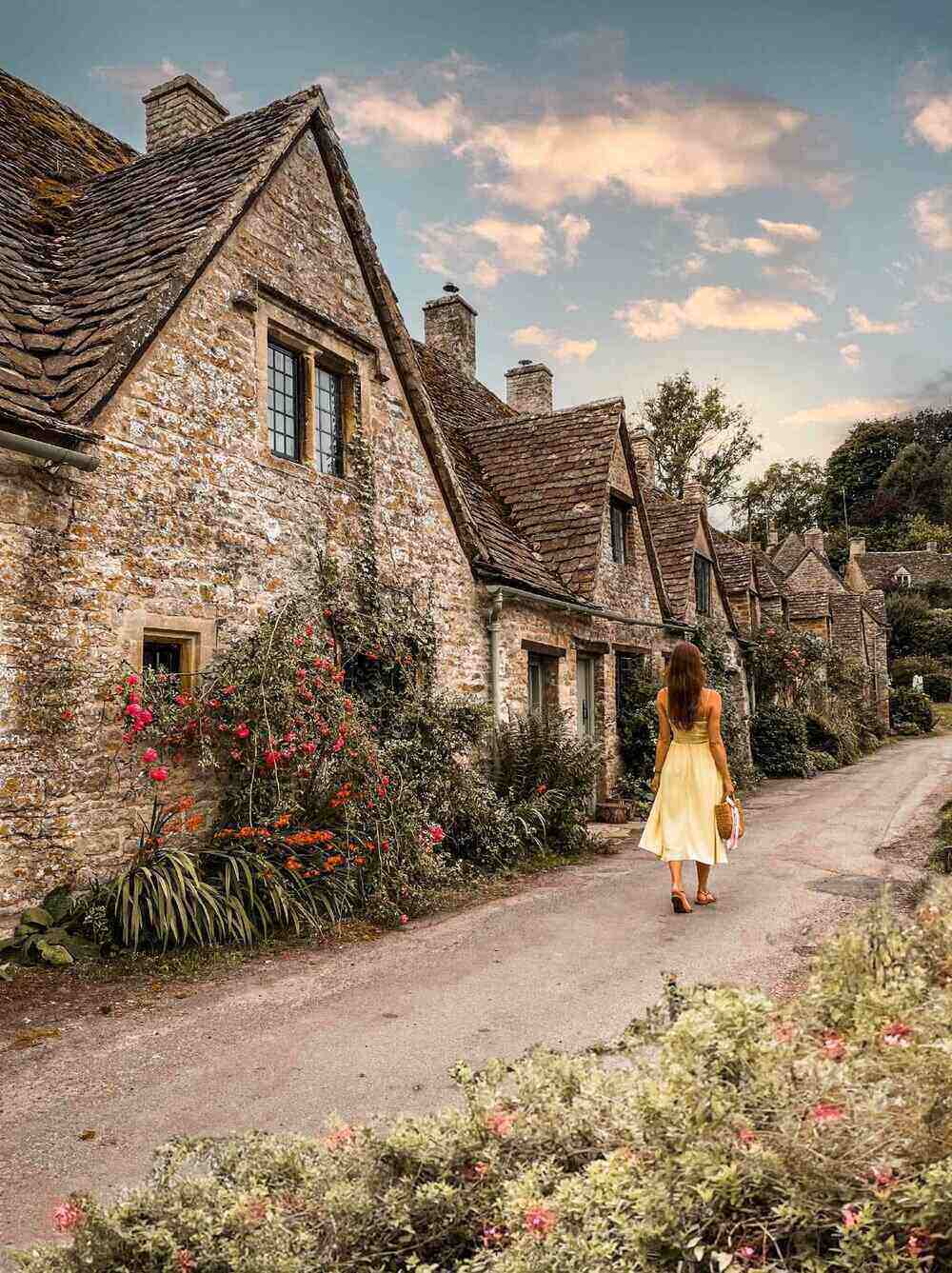
On the banks of the River Coln, a tributary of the mighty Thames, is Bibury. It is only around seven miles from Cirencester and is another of my personal favourites.
Again, this is one of the nicest villages in the Cotswolds, featuring the honeycomb-toned stone homes typical of the area.
The National Trust is now responsible for part of Bibury. This includes a line of weavers’ cottages dating from the 1600s and a water meadow known as Rack Isle.
Arlington Row’s cottages actually date back even further, as the thoroughfare dates from the 1300s.
Once upon a time, locals living in Arlington Row hung their wool on racks after washing to dry – hence the name Rack Isle. Today, visitors can see the flora and fauna that flourish at this nature reserve.
Read my Bibury travel guide to discover the best things to do and where to eat.
8. Stow-on-the-Wold
Best for: Cafés and pubs
Where to stay:
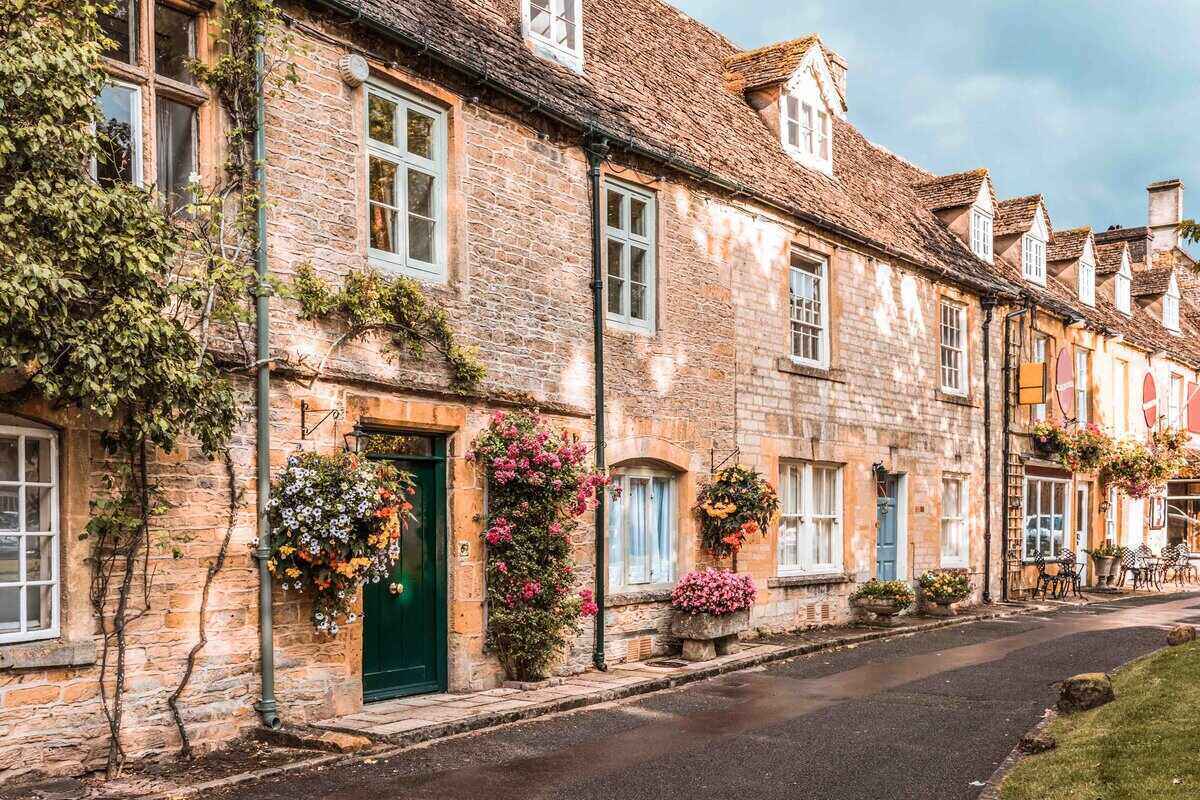
Compared to other beautiful Cotswolds villages, Stow-on-the-Wold may seem like a buzzing metropolis.
The settlement was first established during Norman times, and is now close to the point where seven major roads converge.
Fosse Way dates from Roman times, and is one of the routes that passes by the town.
This and the abundance of accommodation, pubs and shops makes Stow-on-the-Wold one of the Cotswolds’ most popular places to stay.
With an elevation of 800 feet, it is also the highest place in the area. Visitor amenities and attractions in Stow include a clutch of characterful pubs, the market square, St Edward’s church, and the stocks.
I’d recommend stopping by The Hive for a delicious Cotswolds brunch.
There is also a range of art galleries and an antiques centre. Plus, several quirky shops including the Borzoi Bookshop, an independent retailer first established over four decades ago.
Read my guide to visiting Stow-on-the-Wold.
9. Tetbury
Best for: Vintage shopping
Where to stay:
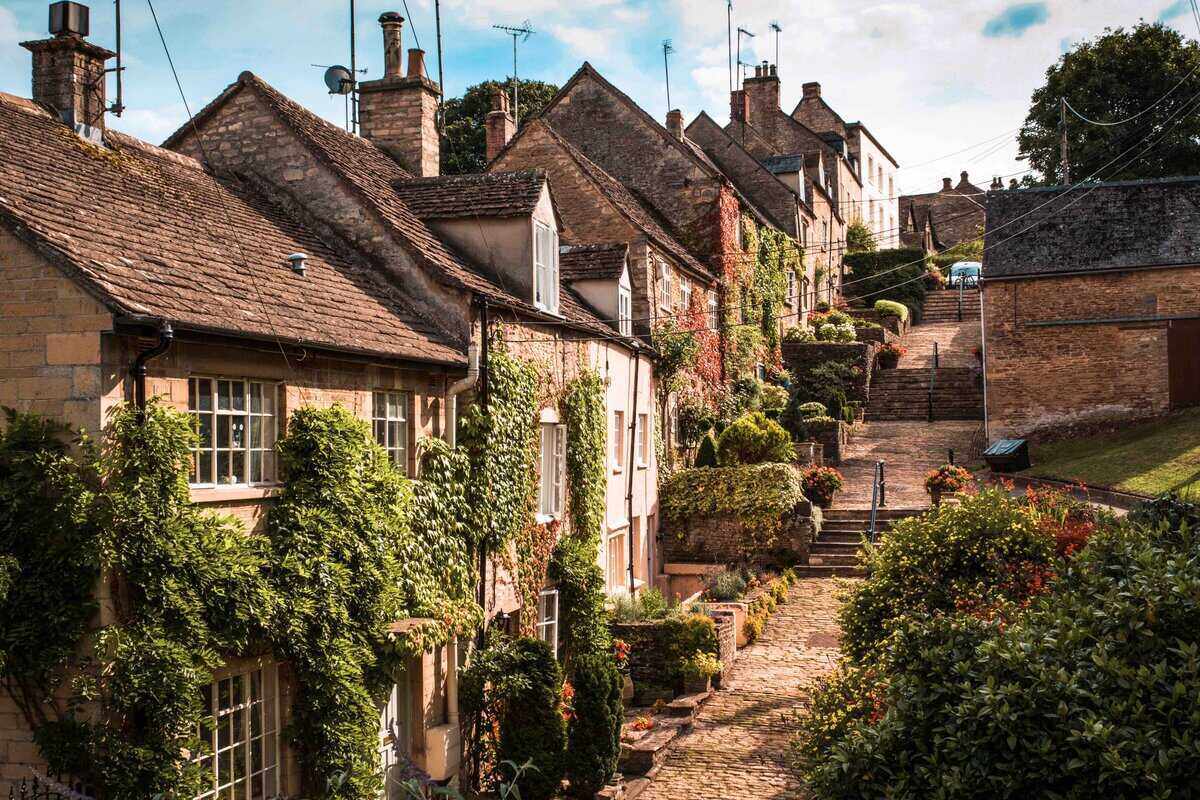
Today Tetbury capitalises on its Royal connections – it is home to the private residence of King Charles III and his wife Queen Camilla.
It is also one of the largest towns in the Cotswolds. During the Middle Ages, Tetbury was a hub of yarn and wool production.
The site is where an Anglo-Saxon monastery once stood. Preceding the construction of that in 681, there was an ancient hill fort.
Numerous former wool merchants’ homes in Tetbury remain much as they were during the 1500s and 1600s.
Visitors to Tetbury are often first introduced to the term ‘chipping’ here, which means market. You can still climb the old, cobbled steps that lead to what has since been turned into a car park.
The stores here are also a draw, and include the shop at nearby Highgrove as well as the antiques dealers, boutiques, interiors and vintage retailers in town.
10. Chipping Campden
Best for: Pretty gardens
Where to stay:
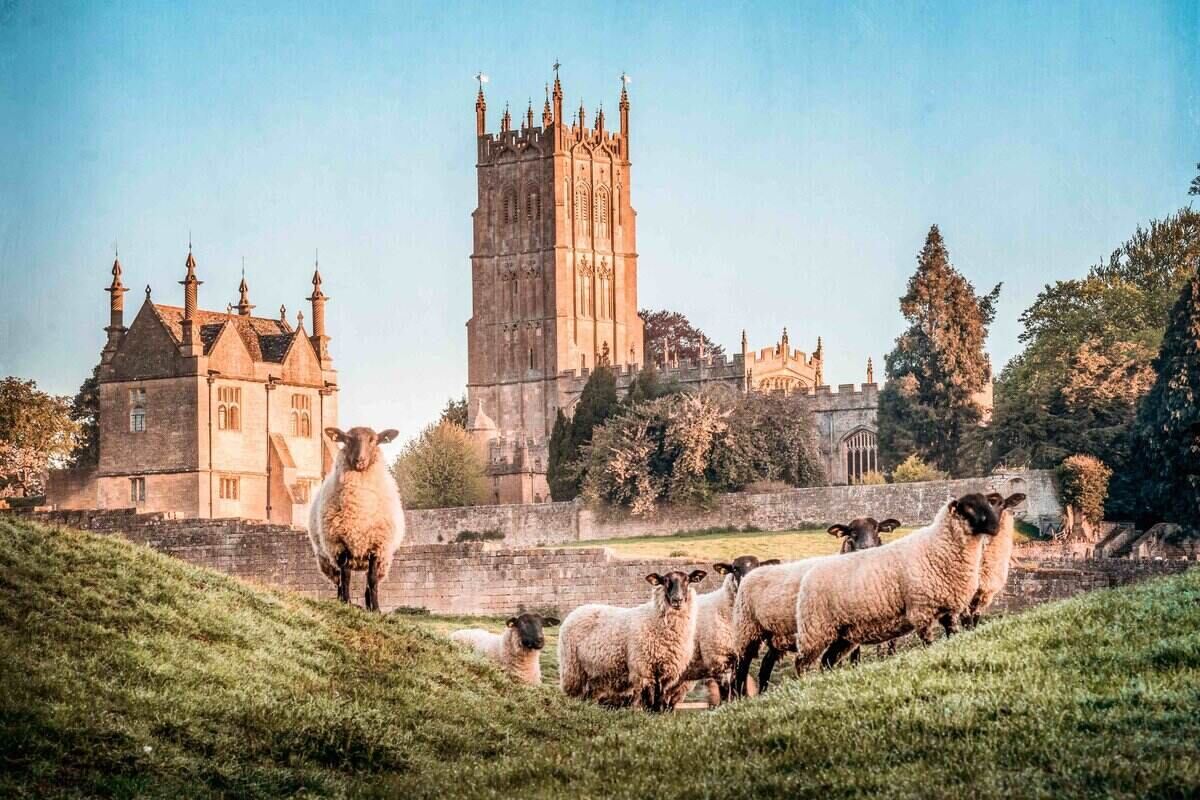
Chipping Campden is noted for its high street. It comprises an elegant sweep of buildings, each of which dates from anywhere between the 1300s and 1600s.
This is still very much a bustling market town, attracting locals who shop here as well as visitors who come to marvel at this charming Cotswolds location.
The Market Hall is now overseen by the National Trust, who are also responsible for the beautiful Hidcote Manor Gardens.
Chipping Campden boasts a couple of churches, various gardens and Court Barn, a craft and design museum.
If you fancy a walk from Chipping Campden, I’d recommend walking to Broadway Tower or visiting Dovers Hill for spectacular views of the surrounding countryside.
Little Oak Vineyard is also incredibly popular, and serves lunch as well as offering wine tastings.
11. Painswick
Best for: Walkers and hikers
Where to stay:
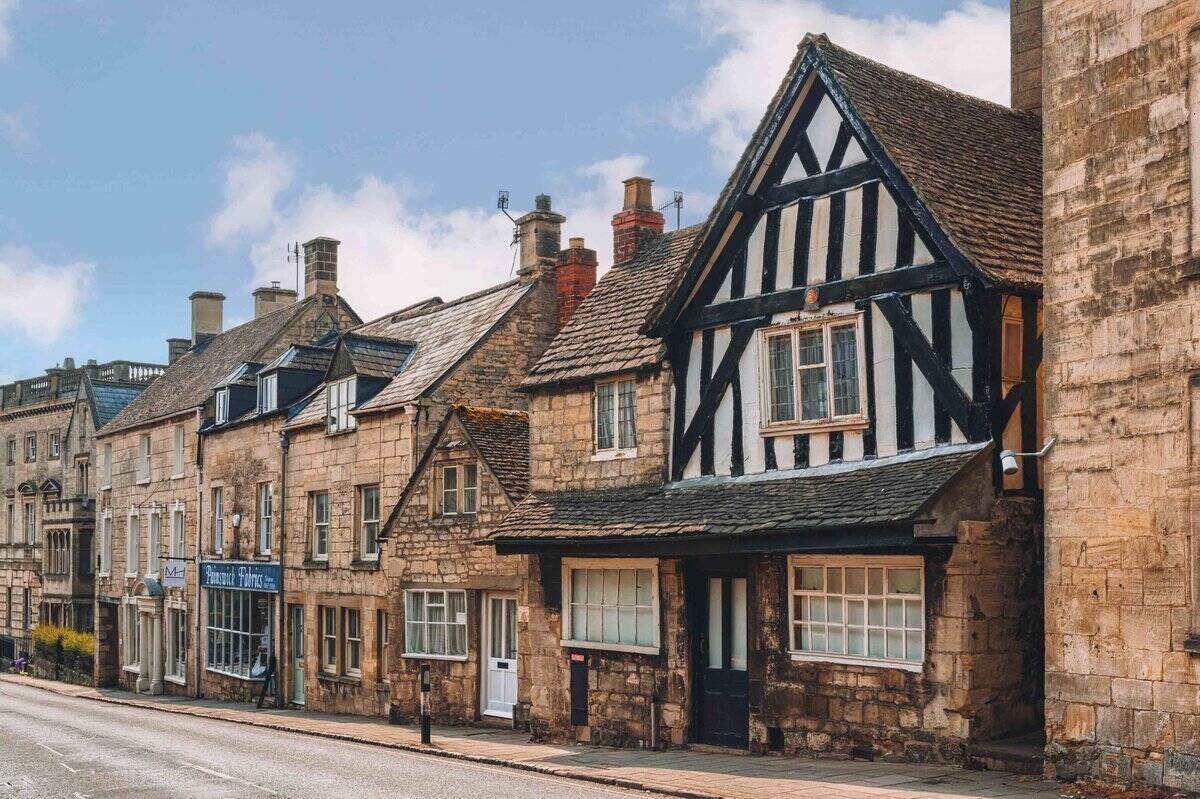
When considering where to visit in the Cotswolds, Painswick is often high on the list.
This pretty village is constructed from the local honey-toned stone, and was important during wool trading times.
The Cotswold Way runs right through Painswick. As the village is located around the halfway point, many walkers stop at the ‘Queen of the Cotswolds’ to rest and recuperate.
Painswick is now famed for the yew trees in the churchyard and Painswick Rococo Garden, an oasis originally created for the owner of the Painswick House, in whose grounds the garden still stands.
12. Broadway
Best for: Picturesque scenery
Where to stay:
Top tour to book: Cotswolds: Walks and Villages Guided Tour

Once a popular stop for stage coaches travelling to London or Oxford, Broadway is home to several convivial inns.
A blend of Cotswold stone and period homes lines the High Street, which is also fringed by horse chestnut trees.
Several notable people have been associated with Broadway, including author J. M. Barrie, textile designer William Morris, and Oliver Cromwell, who stayed at the Lygon Arms the night preceding the Battle of Worcester.
Broadway’s draws include the Gordon Russell design museum, St Eadburgha’s church, Broadway Tower, and a good kids’ adventure park.
13. Snowshill
Best for: Gorgeous views
Where to stay: Willow Vale
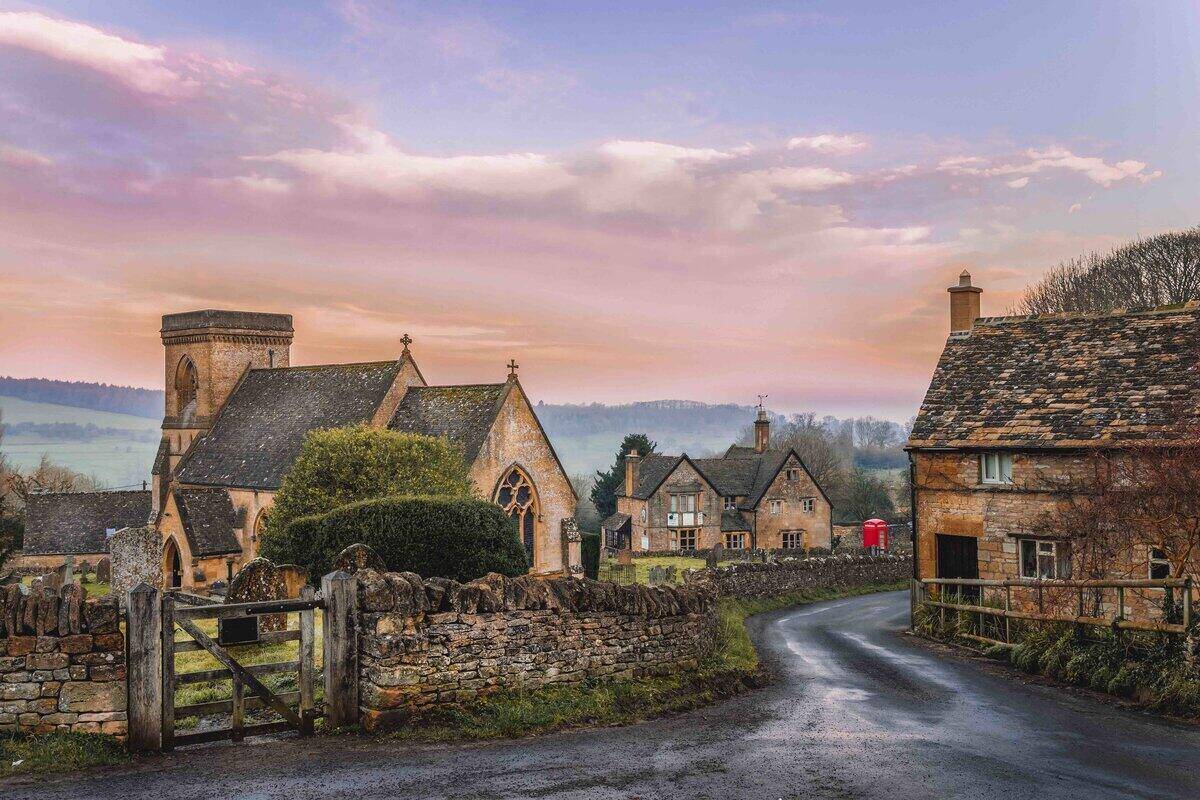
I’d recommend visiting Snowshill for the spectacular views over the Severn Vale, as well as its typical honey coloured stone buildings.
The Cotswold Hills surrounding the village on three of four sides give the village a cosy and welcoming feel.
A National Trust property, Snowshill Manor, houses a Charles Wade collection comprising a wide variety of items including toys, bicycles, clocks, musical instruments, and even Samurai armour.
The gardens are just as beguiling as the manor house. They are packed with colourful, fragrant blooms during spring and summer.
Due to its position in the valley, Snowshill’s village green is often the first place to see snowfall during winter, hence the name.
The village also has a popular pub, the Snowshill Arms, and a pretty churchyard.
14. Asthall
Best for: A stately manor house
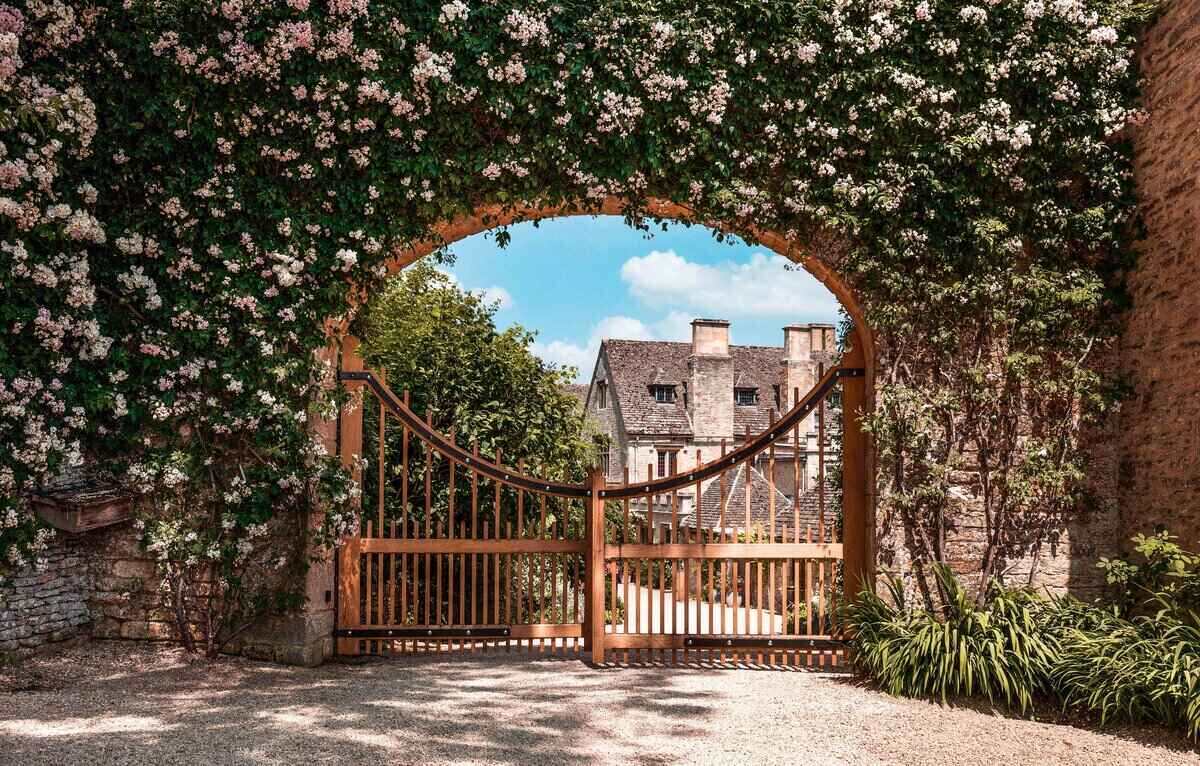
Asthall is nestled in the Windrush Valley, close to Burford – I’d recommend visiting primarily for the beautiful Asthall Manor.
The 17th century, Jacobean Asthall Manor was once home to the Mitford sisters, and it’s said that much of Nancy’s Love in a Cold Climate was written in the village, when they spent time away from the family seat in Northumberland.
Akeman Street in Asthall is home to an ancient Roman settlement, and the village once acted as an important link between St Albans and Cirencester.
The church here dates back to the 1100s, although the Mitford sisters are buried in nearby Swinbrook rather than at St Nicolas’s.
In the grounds of Asthall Manor, fans of art can find the ‘on form’ sculpture garden.
Those who don’t mind venturing a little further might like to visit nearby Kilkenny Lane Country Park, a beauty spot that’s particularly popular with families.
15. Kingham
Best for: Foodies
Where to stay:
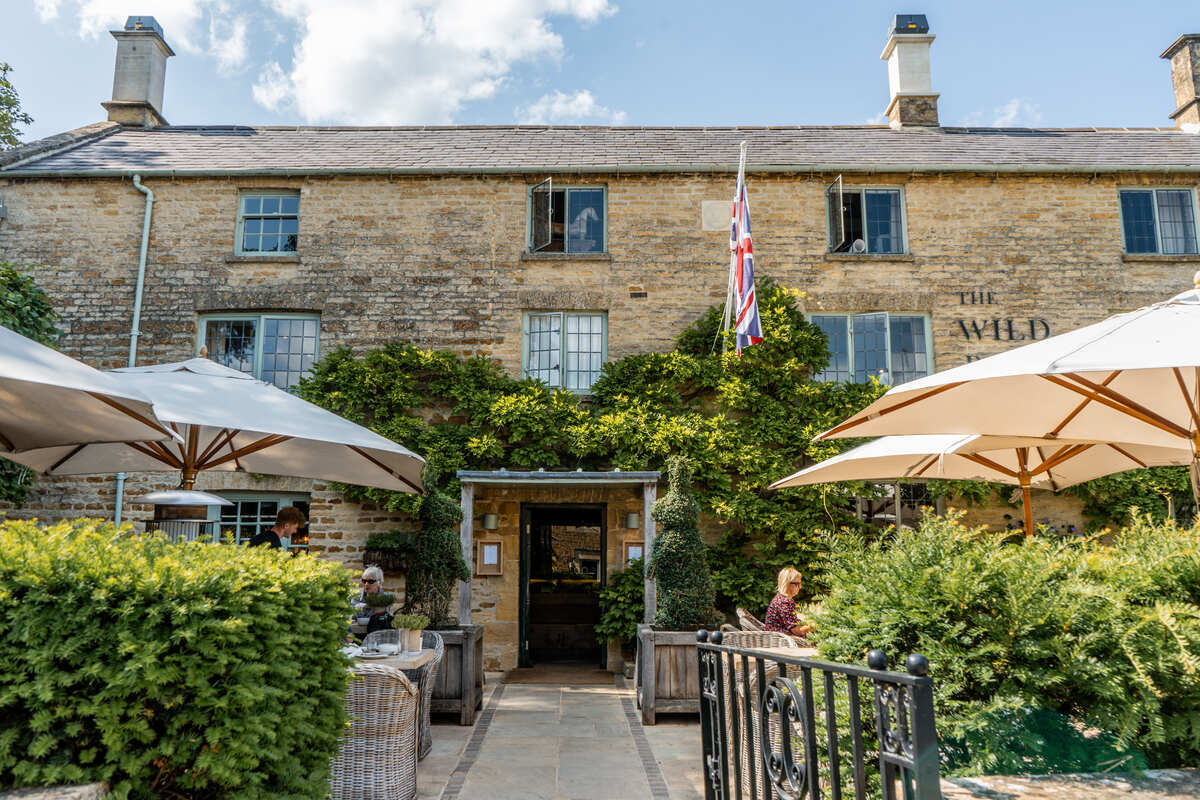
Kingham was once selected as ‘England’s favourite village’ by Country Life magazine, and is now known as a foodie destination – which is exactly why I visited.
The annual ‘Big Feastival’ is held nearby at the farm of Alex James from Blur. The two pubs – The Wild Rabbit and the Kingham Plough – are favourites with gastronomy fans.
Kingham is a great place to stay if you’re arriving by public transport from the capital, as the station is just a mile from the centre and offers mainline services to London.
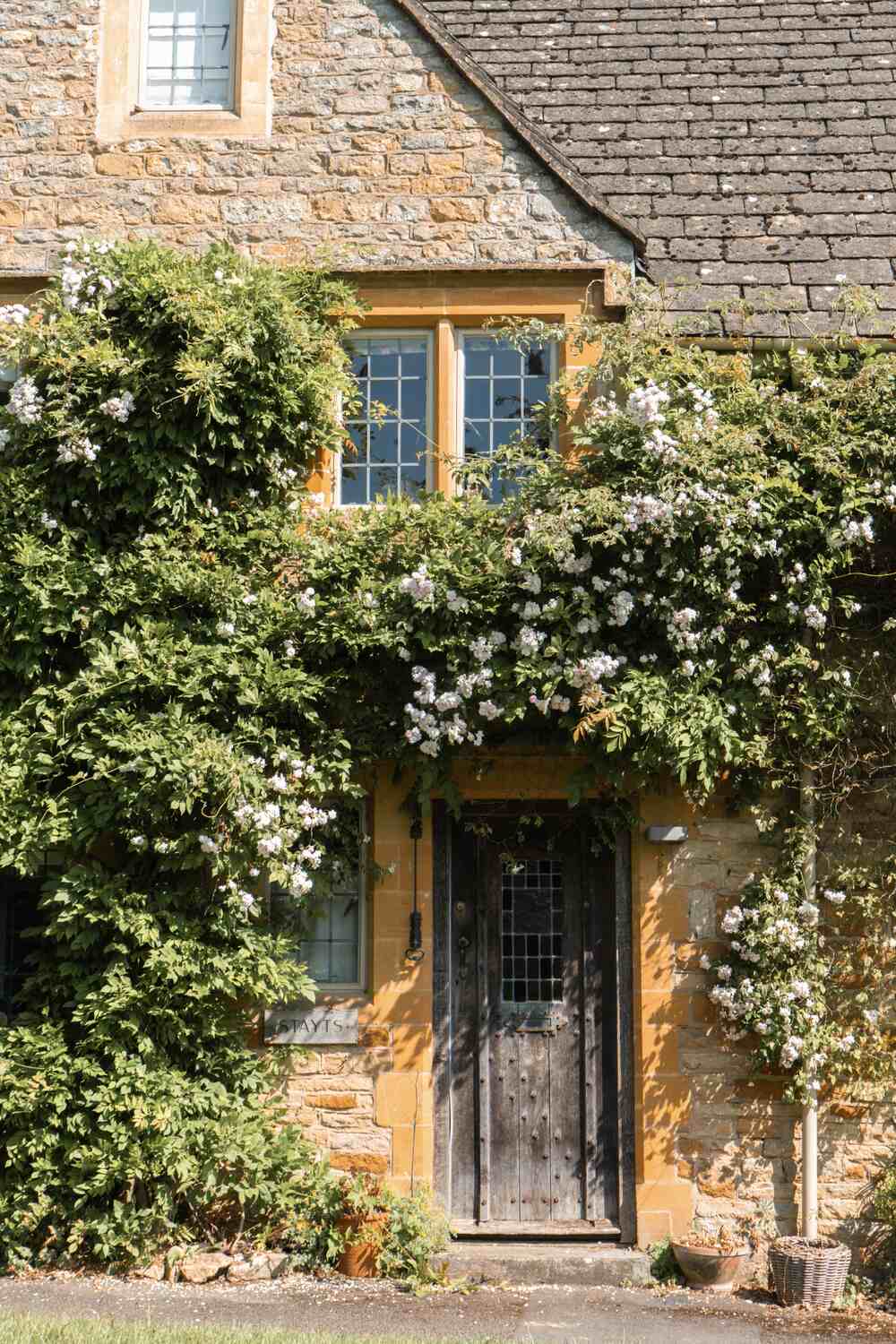
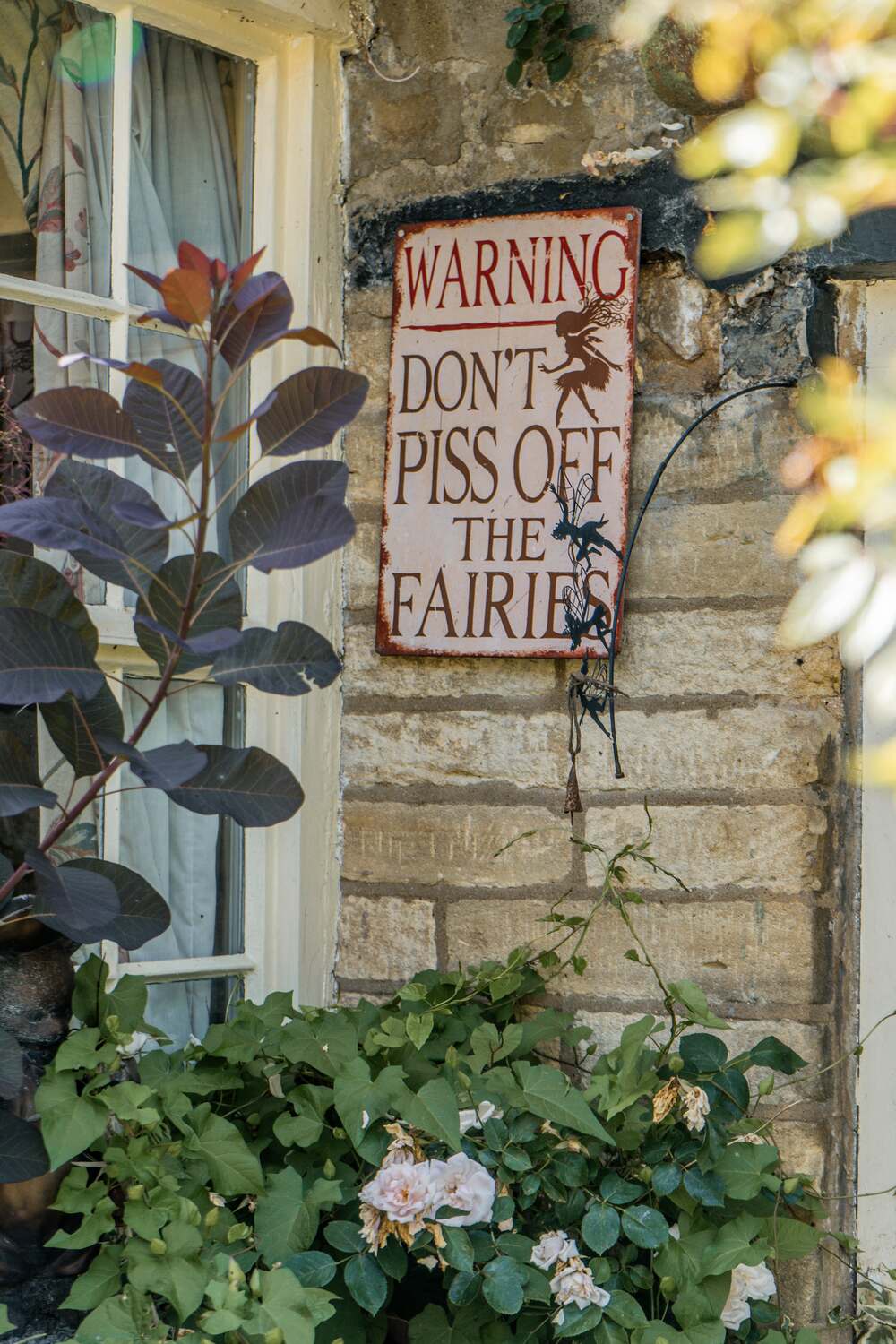
The village also has a picturesque, cottage-fringed green, a church, and a shop.
With easy access to the walking and cycling trails that lead from the village, Kingham is also popular with active types who come to enjoy the fresh Cotswolds air and peaceful, scenic landscapes of the area.
Map of Cotswolds villages
Below I’ve created a map that shows you where all the best villages in the Cotswolds are located. Handy for when you want to visualise the locations or plan a route.
I’d recommend grouping the villages located in a given area and allowing plenty of time to explore. Personally I think it’s best to embrace the slower pace of life that exemplifies the Cotswolds so well.
It’s not possible to squeeze every beautiful village into one short list, but my favourite Cotswolds villages are all covered here. Let me know your favourites in the comments!
You may also like:
- Cotswolds travel guide
- Best things to do in the Cotswolds
- 15 best luxury hotels in the Cotswolds
- Best afternoon tea spots in the Cotswolds
- 14 best spa breaks in the Cotswolds
Pin it:
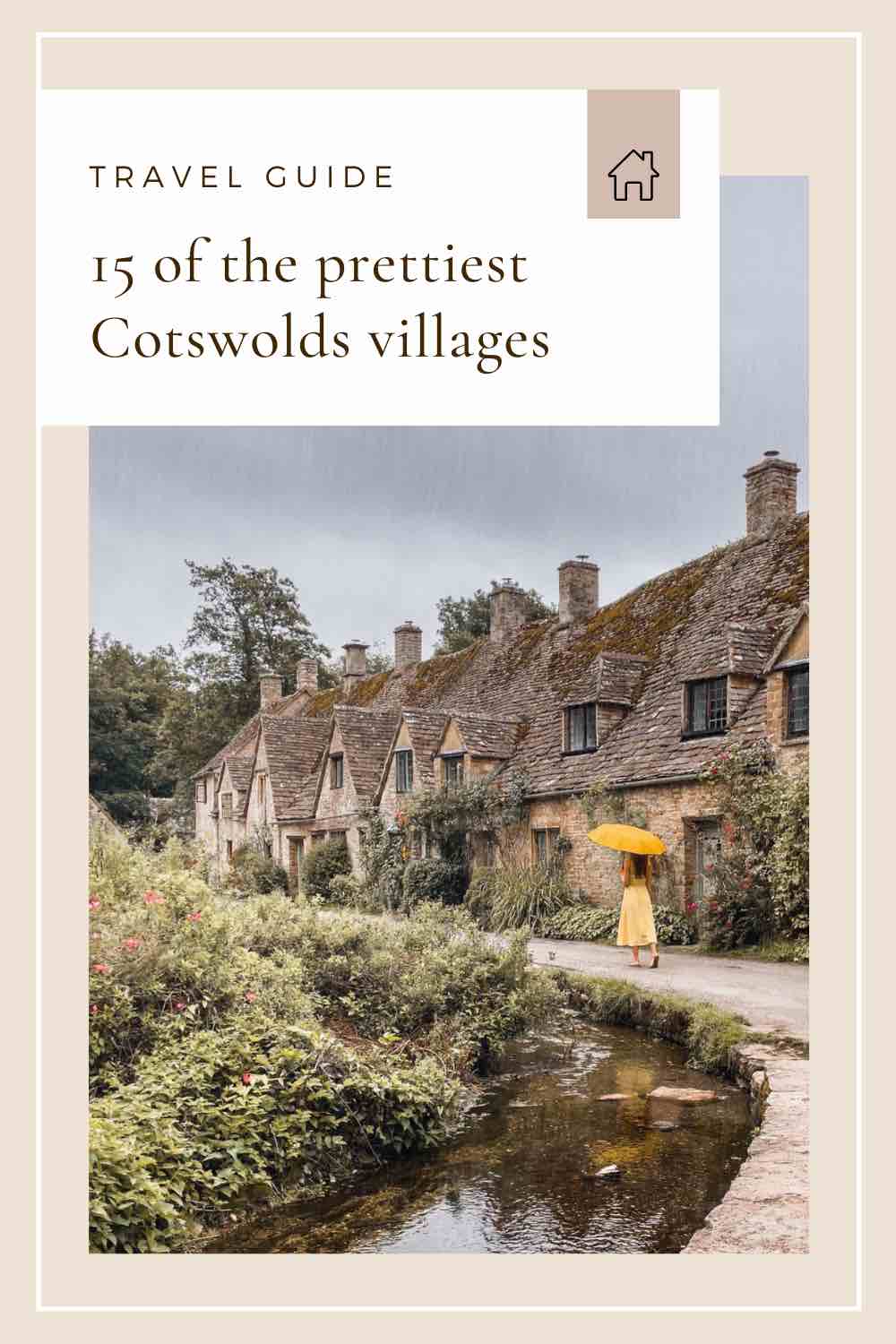


All I can say is WOW Jessie!
This blog is so visually amazing.. From the incredibly written and helpful text, to the outstanding photographs!
This could be one of my favourite looking posts I’ve seen!
Thank you for sharing this incredible place in the world!